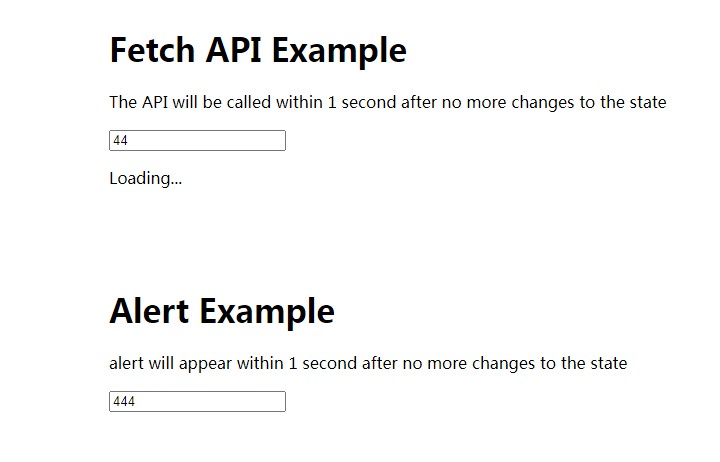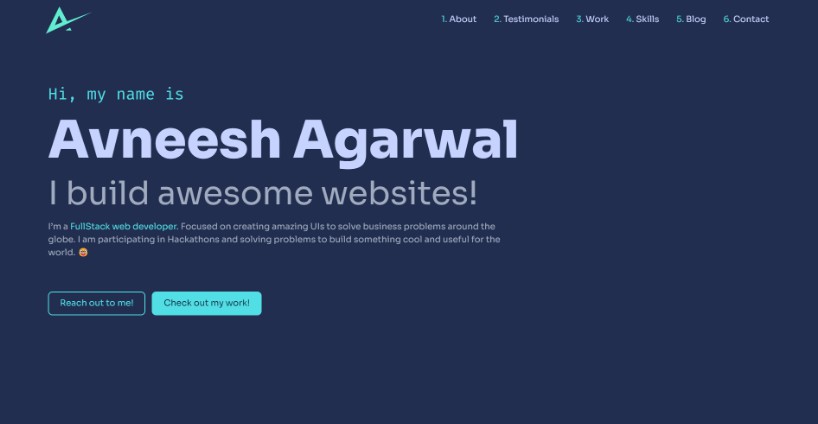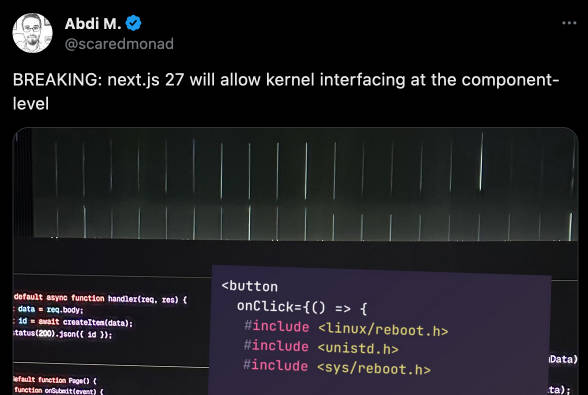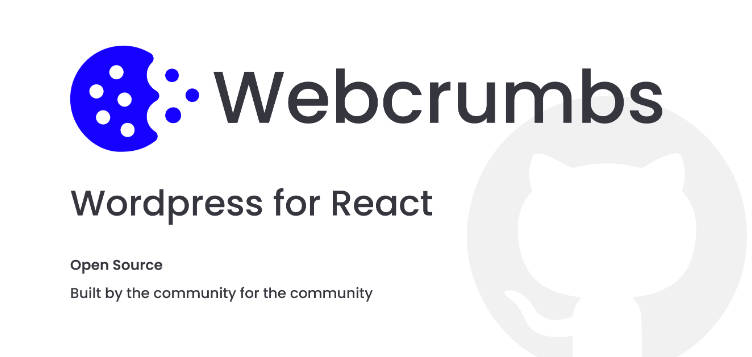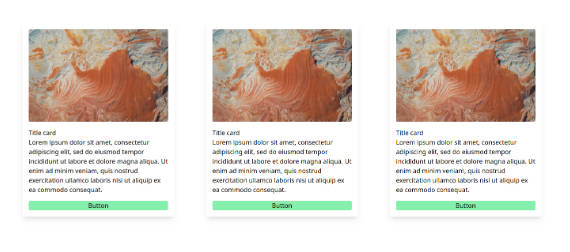miniplex
A joyfully minimal riff on ECS with a focus on Developer Experience.
? WORK IN PROGRESS ?
Everything you’re seeing here is likely going to change quite a lot in the near future. I’ve added some preliminary typo-filled documentation to convey an idea of how this thing ticks, but please don’t build anything with it right now that you can’t risk to have to rewrite a couple of days later. ?
Questions? Find me on Twitter or the Poimandres Discord.
Headline Features
- An absolute, utter, non-negotiable, unbreakable focus on developer experience.
- Tiny (~1 KB) and zero dependencies.
- You can use it outside of React, but it comes with great React glue.
- Designed to be used as a utiliy ECS implementation for libraries (but it can also power your project.)
- Actually pretty great performance!
Main differences from other ECS implementations
- Entities are just normal JavaScript objects.
- Components are just properties on those objects.
- Component data can be anything you need, from primitive values to class instances.
- You can query the world by archetype (ie. components present on entities.)
- Everything is referenced by object identity, not numerical IDs. However, entities do automatically get a built-in
idcomponent with an auto-incrementing numerical ID; this is mostly a convenience for situations where you need to provide a unique scalar reference (eg. as thekeyprop when rendering a list of React components.)
Usage tl;dr
Optional, but recommended: Define a type (or interface) that describes your entities:
type Entity = {
position?: { x: number; y: number; z: number }
velocity?: { x: number; y: number; z: number }
} & IEntity
Create a world (when you provide a type like here, every interaction with the world will provide full type hints):
const world = createWorld<Entity>()
Add an entity:
const entity = world.addEntity({ position: { x: 0, y: 0, z: 0 } })
Add a component to the entity:
world.addComponent(entity, "velocity", { x: 10, y: 0, z: 0 })
Miniplex queues commands like these, so don’t forget to flush the queue to actually execute them:
world.flush()
Create an archetype:
const movingEntities = world.createArchetype("position", "velocity")
Implement a system (in Miniplex, systems are just normal functions that operate on the world, and leaves it up to you to run them):
function movementSystem(world) {
for (const { position, velocity } of world.get(movingEntities)) {
position.x += velocity.x
position.y += velocity.y
position.z += velocity.z
}
}
React
You can use Miniplex without React, but it also provides some code to make it super-fun to use in React projects. All React-specific code is in the miniplex/react module:
import { createReactIntegration } from "miniplex/react"
Now you can pass your existing Miniplex world to this function to get a set of React hooks and components specific to your world (this allows you to easily use multiple Miniplex worlds in parallel, without React contexts tripping over each other):
const { Entity, Component, useArchetype } = createReactIntegration(world)
The useArchetype hook lets you get the entities of the specified archetype (similar to the world.get above) from within a React component. Most importantly, this hook will make the component rerender if entities are added to or removed from the archetype. This is useful for implementing systems as React components, or writing React components that render entities:
const MovementSystem = () => {
const entities = useArchetype(movingEntities)
useFrame(() => {
for (const { position, velocity } of entities) {
position.x += velocity.x
position.y += velocity.y
position.z += velocity.z
}
})
return null
}
createReactIntegration also provides Entity and Component React components that you can use to declaratively create (or add components to) entities:
const Car = () => (
<Entity>
<Component name="position" data="{ x: 0, y: 0, z: 0 }" />
<Component name="position" data="{ x: 10, y: 0, z: 0 }" />
<Component name="sprite" data="/images/car.png" />
<Entity>
)
Note: all of the above is still very much in flux. Please expect things to break. A lot. Like, really.
TODO
- Draw the owl
- Document the owl, explain the owl, make the world cherish the owl, explain why the owl is needed, and why among owls, it is king
